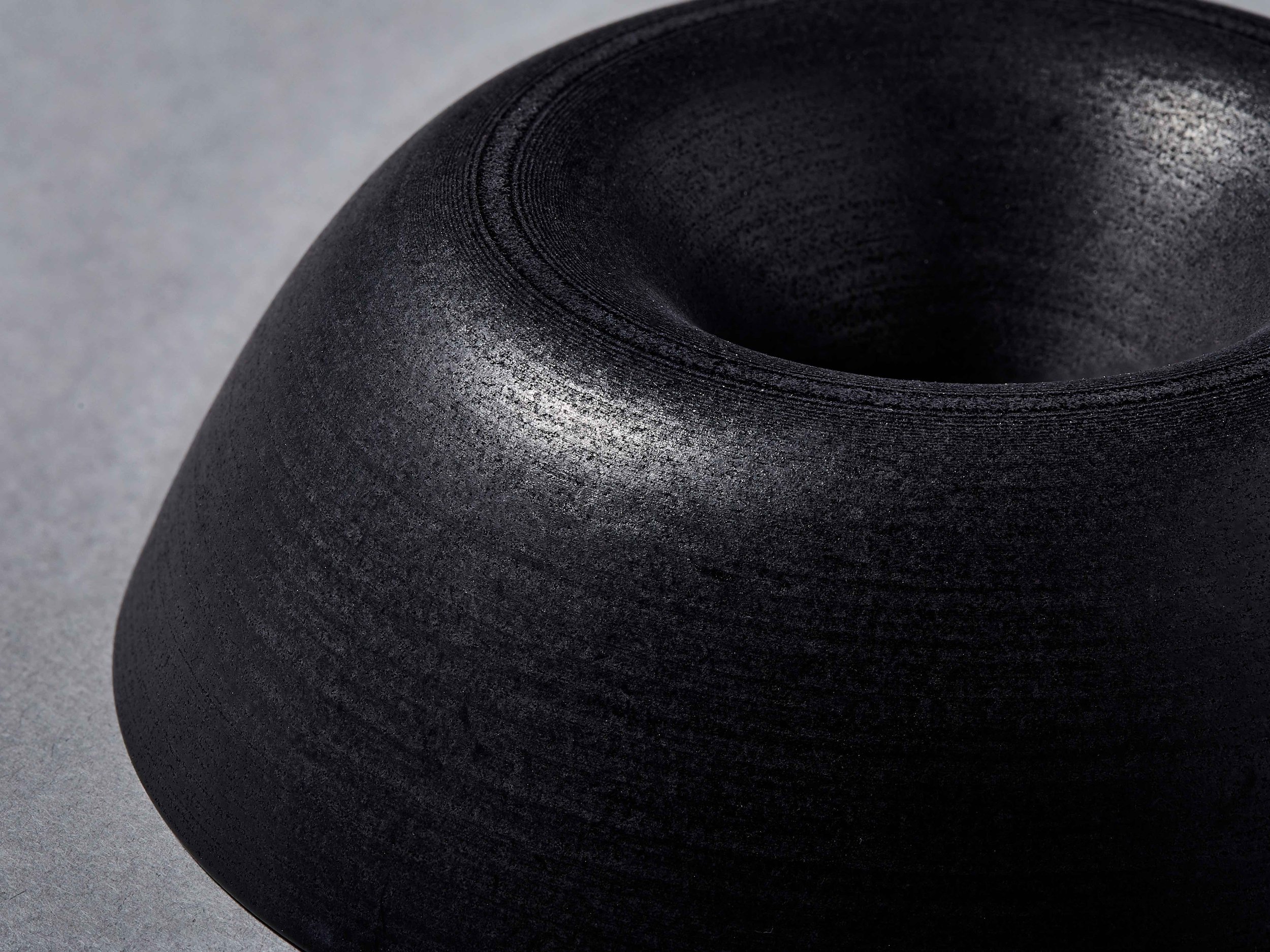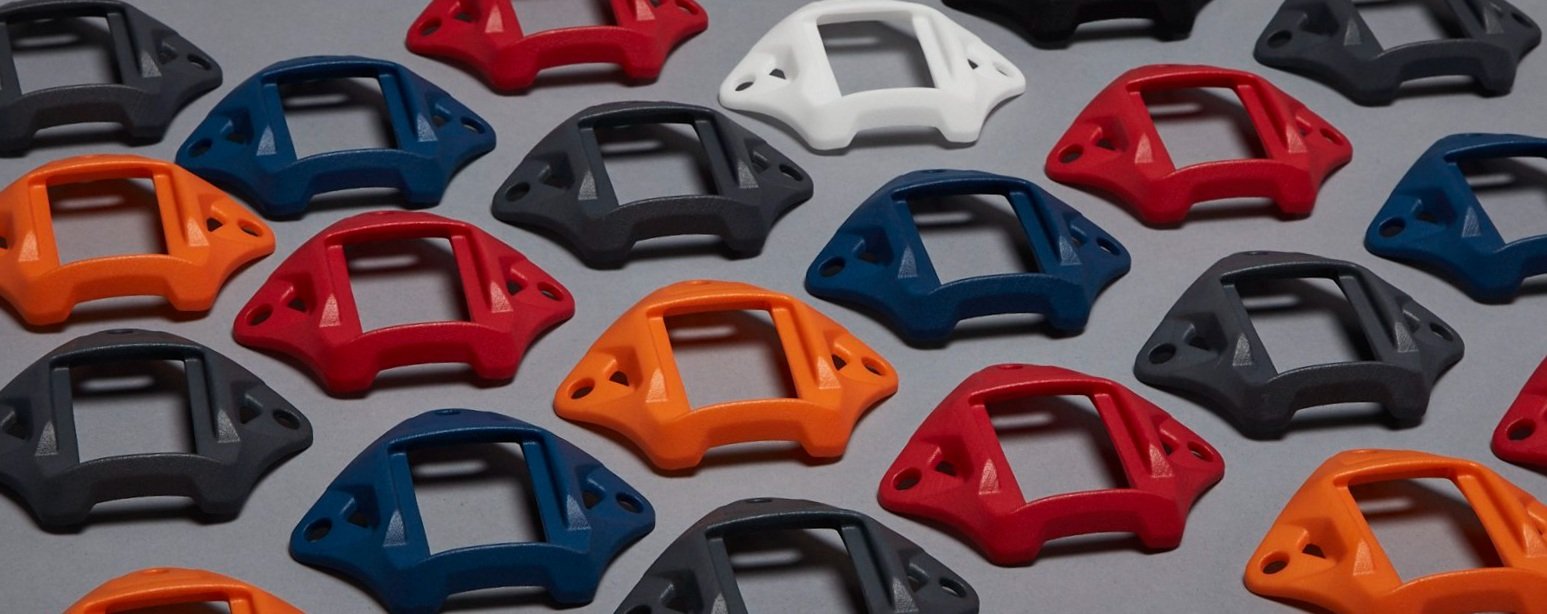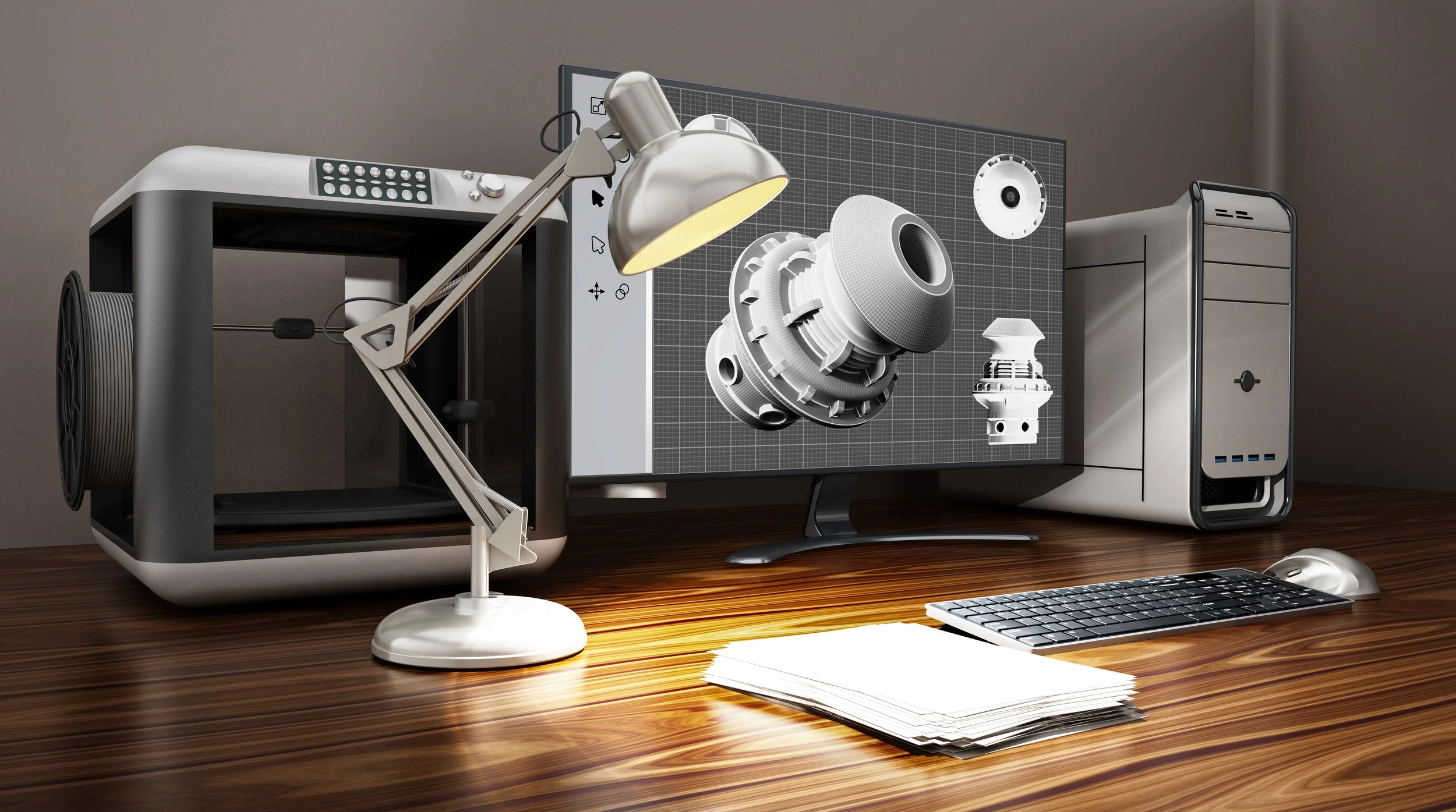Unsurprisingly, quality output from AM systems does not happen by accident. Rather, it is the result of dedicated efforts to maintain precision, consistency, reliability and repeatability throughout the entire manufacturing workflow.
THE CRITICAL IMPORTANCE OF POST-PROCESSING IN AM
While AM has revolutionised part design, enabling complex geometries and rapid iteration, the raw outputs from even the most advanced AM technologies often still fall short of industry requirements. Parts often emerge from the build chamber with surface roughness, inconsistent mechanical properties, and residual powder or support structures that must be removed or refined before parts can be put to use. While AM enables direct part production, many industries require additional finishing steps to meet specific functional and aesthetic standards. The misconception that AM produces a final-use product in a single step has hindered its adoption, as companies often underestimate the necessity of thorough post-processing techniques to bring parts up to industry standards.
POST-PROCESSING & THE VALUE OF HIGH-QUALITY FINISHING
The conversation around additive manufacturing (AM) has matured. No longer is the fascination solely about how we build parts, it’s about how we make them fit for purpose. For AM to stand alongside traditional manufacturing as a viable production technology, post-processing and high-quality finishing must be considered as part of the process
ARTICLE: Automation is Unlocking the Future of AM Services
Raising the Bar for Additive Manufacturing with Expert Service & Delivery — Beyond the Status Quo
The business of manufacturing continues as it always has, and typically brings successes and challenges across the workflow. The evolution of how manufacturers produce and deliver their applications is a particularly interesting factor to consider as the number of manufacturing processes available and their capabilities increase and improve. One of the more disruptive technologies to emerge in recent decades is that of additive manufacturing (AM) or industrial 3D printing. This technology set itself incorporates a range of processes, a continually growing palette of materials, and software that enables the technology and improves efficiencies. Utilising industrial 3D printing for any manufacturing discipline, whether for rapid prototyping, tooling, or, increasingly, production on demand, does not come without its own set of challenges, but deploying AM can also bring great advantages.
The benefits of AM are well documented, in essence allowing manufacturers to exploit the ability to build complex parts, in one piece, which were previously impossible. This in turn enables the consolidation of existing parts, reducing assembly requirements and reducing overall costs. In addition, with explicit design for process knowledge, AM parts can also be made stronger and lighter making them more efficient across their life cycle while also reducing material consumption. For low and medium production runs, AM can eliminate the need for tooling, making it a faster and more cost-effective manufacturing option. These advantages mean that AM has become a viable option for many manufacturers.
However, while all of these advantages are enabled by the additive systems that build the parts, in reality, the AM hardware is actually just one piece — albeit a vital piece — of an ecosystem of technologies that enable success with AM.
The building of the parts utilising AM is the essential core of the manufacturing workflow, however what happens before and after the build are also vital to delivering high quality parts in the most efficient and cost-effective way.
Here, we are exploring how a specialised bureau can raise the bar for AM with quality services that extend beyond just the 3D printed parts themselves.
A Holistic Approach to Delivering Quality
Experience and expertise go a long way to alleviating the challenges manufacturers face when using AM. Working with a specialist AM bureau ensures that both come as part of the service from beginning to end. Look for an innovative business model that delivers high quality end-to-end processes including fast, automated ordering and tracking at the beginning and dedicated post-processing and finishing capabilities at the end.
Automated Ordering at the Front End
Automation is a technology area that has also progressed significantly in the last decade. A forward-looking AM service bureau will have grasped this opportunity to develop and embed enhanced efficiencies into its ordering system to improve user experience. A dedicated automated ordering system will greatly streamline the ordering process, allowing clients to place their orders quickly and intuitively, while also providing full tracking capabilities.
An intuitive automated ordering platform should enable customers to upload their files, select material/s, and specify finishes with ease. It should then be able to provide immediate pricing feedback based on material cost, print time, and complexity. Once the order is confirmed, the system can then provide status updates of all orders in real-time, greatly improving transparency and communication.
By leveraging technology to automate ordering, AM service providers enhance customer satisfaction and operational efficiency, making AM more accessible and speeding up the front end of the workflow significantly.
Dedicated Post-Processing Services at the Back End
While we’ve established that the printing process is pivotal, the finish of the parts that come off the AM system often determines its quality and, importantly, its usability. Dedicated post-processing services are also essential for ensuring that 3D printed parts meet client expectations.
It’s probably important to note here, that post-processing is actually an umbrella term for a number of stages that AM parts may need to go through after they come out of the AM system and before they are fit for purpose. This is especially true for powder bed fusion (PBF) AM processes. The term “post-processing” is often used interchangeably with “finishing”, which is somewhat of a misnomer. With any PBF process there are a series of essential post-processing steps that are non-negotiable and must be undertaken prior to the AM-produced part finishing stages, which are optional. Thus “finishing” is actually an important subset of post-processing, not a term that should be used interchangeably with it.
Post-processing for PBF parts typically involves:
• Depowdering / excess material removal
• Cleaning
Of note for polymer PBF processes, support removal is typically not required as the powder bed acts as the support system. Neither are heat treatments to cure the materials.
Finishing of parts can include any or all of the following to improve the aesthetics of the surface finish and, for some applications, the mechanical properties of the part:
• Surface finishing
- Vibro polishing
- Vapour Smoothing
- Bead blasting
- Sand blasting / Sanding
• Machining
• Colouring (Dyeing / Painting)
• Plating
• Inspection.
For AM production applications, finishing of parts is often a considerable, but overlooked, section of the workflow that can significantly impact the overall cost-per-part and project timelines. This is especially true if the final part characteristics need to be enhanced in terms of functionality and/or aesthetics.
Investing in dedicated finishing capabilities allows an AM service provider to offer a superior product quality, which is vital for industries where precision and aesthetics matter significantly.
Quality finishing, quite simply, differentiates an exceptional part from an average one. Any AM bureau that prioritises high-quality finishing can cater to specific client requirements, under one roof, to raise the bar for AM parts.
To Sum Up
Any business looking to utilise the services of an AM bureau should identify one that is committed to the highest quality 3D printed parts but that also understands how to add value before, during, and after the build. The team at 3D People continues to deliver parts in this way to a growing constituency of clients that recognise their expertise in these areas. We welcome any questions — or, indeed, any challenging applications — from anyone that wants to know more.
Decoding 3D Printing Files: .step, .stl, and .3mf Explained
UPDATE: Online Quote App now available on mobile
UPDATE: 3D People Discontinue FDM Service
UPDATE: Online Quote App now accepts payment terms and more
Streamline your processes with our updated 3D printing quote tool! As a design and engineering expert, you know efficiency is key. Our tool now offers quicker quotes, better management, and smoother ordering of additive manufacturing. Say goodbye to bugs and slow loading times, as we've improved accuracy and speed by 10%. You'll love the small improvements, like the 'apply to all' feature for faster quote specifications, freeing up your time to focus on what you do best.
Additive Manufacturing in 2023: 5 Key Trends To Watch Out For
Additive manufacturing has become a valuable tool for manufacturers looking to reduce operational costs and efficiently produce needed parts and components, with the market expected to exceed $35 billion in the next three years. We have enlisted 5 key trends for you to keep an eye on as you consider incorporating additive manufacturing into your business in 2023.
10 times when you should or shouldn't use 3D printing
3D printing is an incredible technology that gives designers and engineers the ability to rapidly produce parts and products. Despite its widespread use, there are also times when 3D printing is not the best manufacturing option. In this blog post, we'll explore 5 scenarios when you should and shouldn't use 3D printing to manufacture your product.
Everything you need to know about Formnext 2022
UPDATE: 3D People Discontinue Continuous Fiber Fabrication (CFF)
Threaded Inserts White Paper
As a designer or engineer, it is important to understand the limitations of a mechanism used within your product. For instance, how can you know how many fastenings to use without knowing their load capacity? This is why we underwent a study to evaluate the performance of threaded inserts in 3D printed polymer materials. The findings of which we have made available in this whitepaper.
The New and Improved Online Quote app
If you are a designer, engineer or innovator, you will be all too familiar with the pains of sourcing quotations. Getting prices and lead times for manufacturing custom parts can sound so simple. That is until you’re endlessly clicking through clunky software or waiting for a reply from a sales rep that appears to be on an eternal coffee break.


























